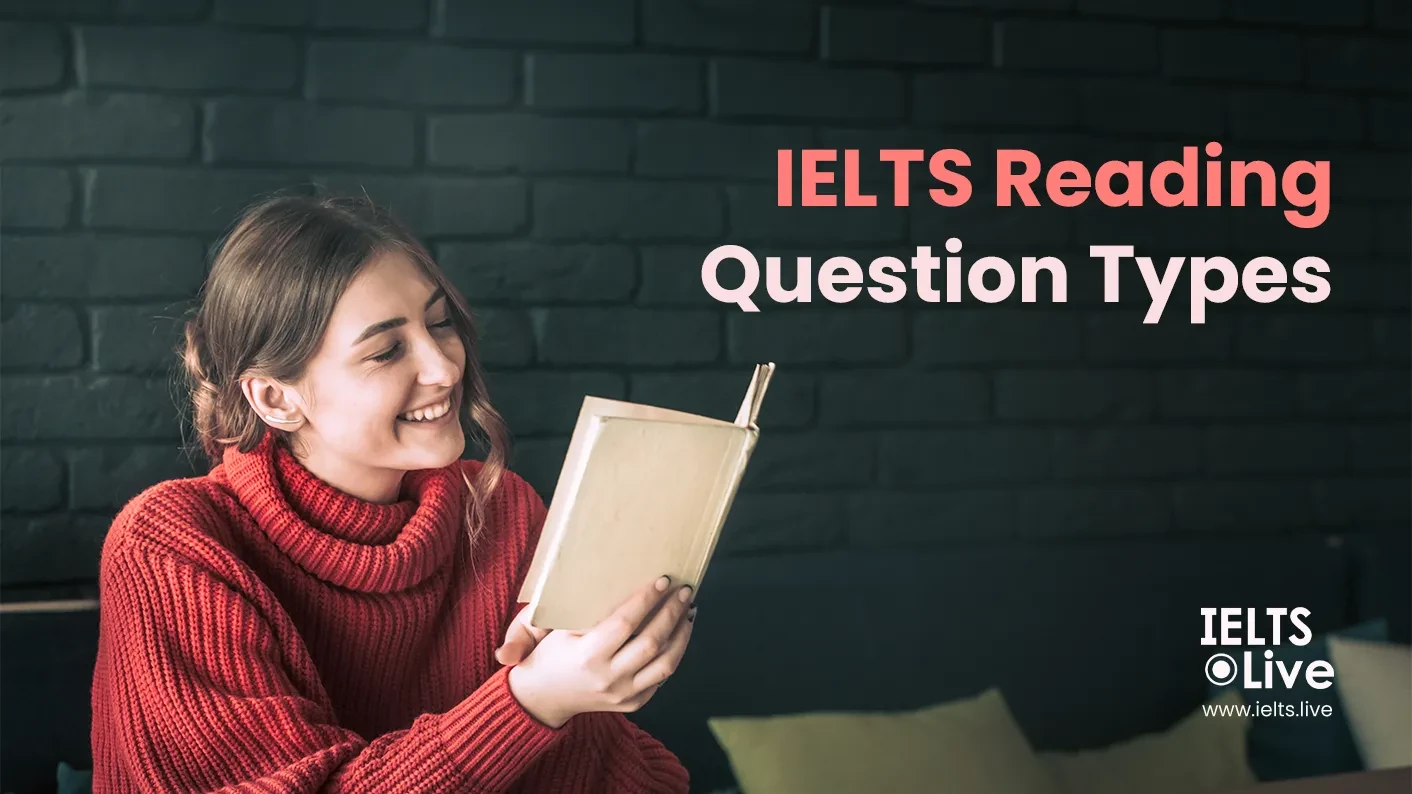
Navigating the diverse terrain of IELTS Reading question types is a critical skill for those aspiring to excel in this pivotal language proficiency exam. The ability to understand and adapt to the varying question formats is essential for efficient time management and accurate comprehension of the passages.
In this comprehensive guide, we'll unravel the intricacies of different IELTS Reading question types, offering insightful strategies and techniques to help you confidently tackle each one.
Whether you're aiming for a high score or simply seeking to improve your reading skills, this exploration of question types will empower you with the knowledge needed to navigate the challenges of the IELTS Reading section successfully.
Before we begin learning about the types of questions found in IELTS Reading test, we are going to have a look at two skill sets that are required for answering the question in IELTS reading. One is skimming and the other is scanning.
You may also like: Cracking the IELTS Reading Code: Insider Tips and Strategies for a High Score
Skimming and Scanning
Skimming and scanning are two of the most important reading skills to master before taking the IELTS reading test.
- Skimming involves quickly reading through the text to get a general idea of what it's about, whereas scanning requires searching the text for specific information. Both abilities are required for answering questions about skimming and scanning in the IELTS reading test. Skimming questions typically require you to read a passage quickly and answer questions based on your general understanding of the text. A skimming question, for example, might ask you to identify the main topic of the passage or to summarise the author's main argument. Skimming questions are commonly found as headings, titles, or introductory paragraphs.
- Scanning questions, on the other hand, demand that you quickly search the text for specific information. A scanning question, for example, might ask you to identify a specific date, name, or location mentioned in the text. Scanning questions are frequently found as charts, tables, or diagrams.
Here are some examples of skimming and scanning questions:
Skimming:
- What is the primary idea of the passage?
- What is the author's take on the subject?
- What is the purpose of the passage?
Scanning Question:
- According to the text, when was the first telephone invented?
- What is the name of the company that produced the first automobile?
- Where did the author grow up?
To effectively answer skimming and scanning questions, both skills must be practised on a regular basis. When skimming, keep your attention on the main ideas and key details of the text rather than getting bogged down by irrelevant information. Look for specific keywords and phrases related to the question when scanning, and be prepared to quickly move on to the next question if you can't find the information you need. With practice, you'll be able to confidently and accurately skim and scan, as well as answer skimming and scanning questions.
Now let’s look at the question types, their examples and some strategies to ace them:
i. Multiple Choice Questions:
Multiple-choice questions are commonly found in the IELTS Reading section. These questions require you to choose the correct answer from a set of options. To approach these questions effectively:
- Carefully read the question and the options provided.
- Highlight keywords in the question to better understand what you need to look for.
- Skim the passage to locate relevant information that matches the options.
- Eliminate incorrect options to narrow down your choices.
- Pay attention to qualifiers like "all," "some," or "none" to identify the correct answer.
Example:
Question: What was the main reason for the decline in the company's profits?
Options:
A) Increased competition from foreign markets.
B) Poor management decisions.
C) Economic recession.
D) Decreased consumer spending.
(This is an example for you to have a better visual. You have to answer the questions according to the information in your given passage)
Tips for Multiple Choice Questions:
- Practice reading and comprehending quickly to save time.
- Be cautious of distractors in the options.
- Focus on understanding the passage's main ideas rather than getting lost in details.
ii. True/False/Not Given Questions:
True/False/Not Given questions test your ability to identify whether the information in the given statement matches the information in the passage. To approach these questions accurately:
- Read the statement carefully and pay attention to subtle differences in wording.
- Skim the passage to find evidence that supports or contradicts the statement.
- If you cannot find the information in the passage, the answer is "Not Given."
Example:
Statement: The author argues that technology has negatively impacted social interactions.
Answer Options: True / False / Not Given
Tips for True/False/Not Given Questions:
-
Be cautious of synonyms or paraphrases in the passage.
-
Refer back to the specific part of the passage where the information is likely to be found.
-
Avoid making assumptions or bringing in your own opinions.
iii. Matching Headings Questions:
Matching headings questions require you to match a list of headings or subheadings to different sections of the passage. To approach these questions effectively:
- Skim the passage to get a general understanding of its structure and main ideas.
- Read the list of headings/subheadings provided and identify keywords or themes.
- Match the headings/subheadings to the relevant sections in the passage.
- Pay attention to the order of the headings/subheadings and the passage sections.
- Look for headings that summarize the main idea of each section.
- Avoid choosing headings that are too specific or broad.
iv. Sentence Completion Questions:
Sentence completion questions require you to fill in the blanks with words or phrases from the passage. To excel in these questions:
- Read the sentence carefully and identify the context and keywords.
- Scan the surrounding sentences or paragraphs for clues or information that can help you fill in the blanks.
Example:
Sentence: The author argues that the key to effective communication lies in _______.
Tips for Sentence Completion Questions:
- Pay attention to grammatical cues or word forms that can guide your choice of answer.
- Use the surrounding context to determine the appropriate word or phrase.
- Ensure that your answer fits logically and maintains the overall meaning of the sentence.
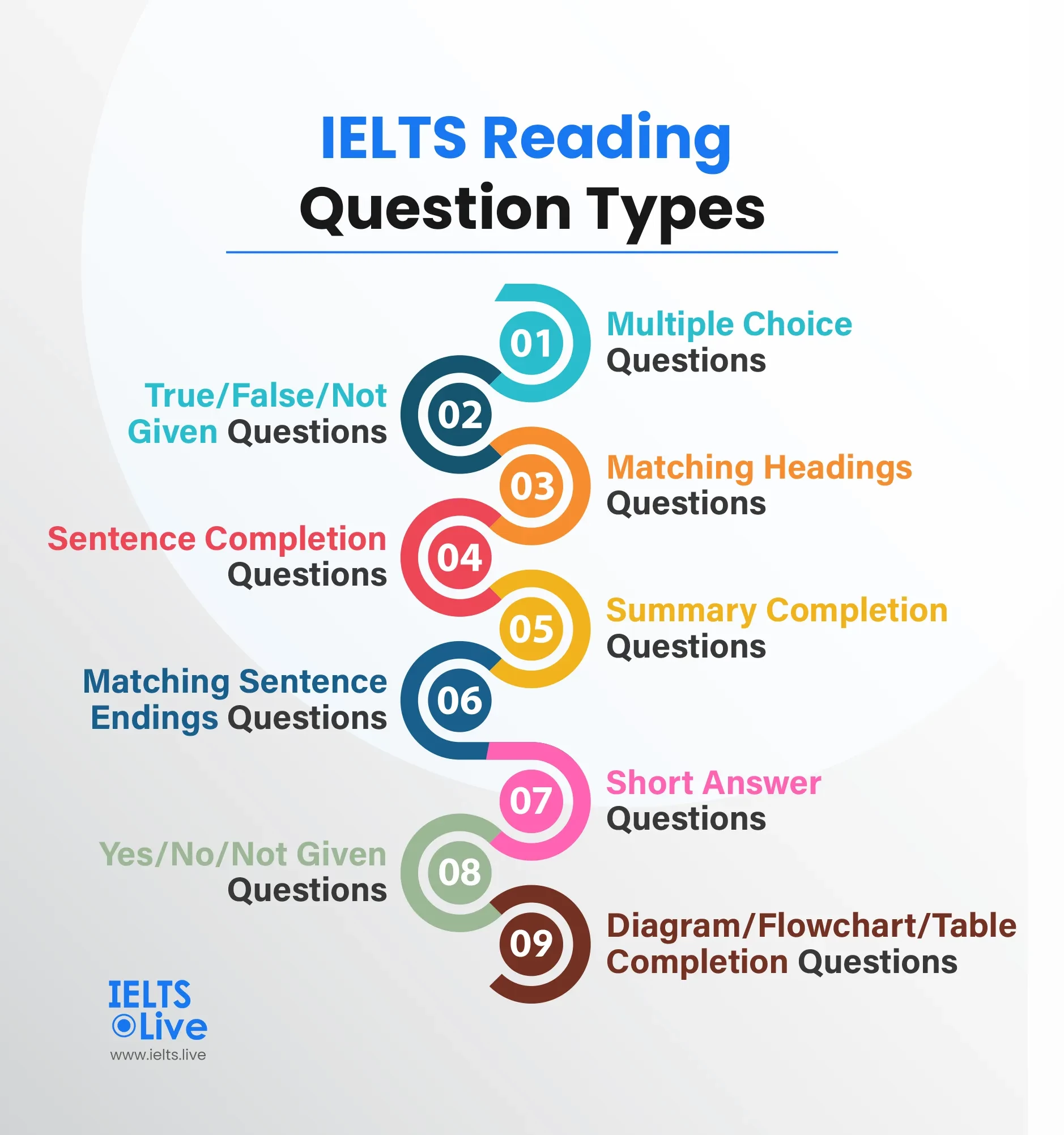
v. Summary Completion Questions:
Summary completion questions require you to complete a summary of the passage by filling in the missing information. To tackle these questions successfully:
- Skim the passage to grasp the main ideas and key details.
- Identify the purpose and theme of the summary.
- Look for keywords or phrases that match the missing information in the passage.
- Consider the grammatical structure and cohesion between the summary and the passage.
Example:
Summary: The article discusses the benefits of regular exercise, including improved _______ and reduced risk of chronic diseases.
Tips for Summary Completion Questions:
- Focus on the main points and important details.
- Avoid copying verbatim from the passage; paraphrase and rephrase the information instead.
vi. Matching Sentence Endings Questions:
- Skim the sentence endings and identify their overall meaning or theme.
- Read the beginning of each sentence in the passage.
- Look for synonyms or related keywords between the sentence endings and the beginning of the sentences.
- Pay attention to grammatical cues and the logical flow of ideas.
- Pay attention to the context and logical progression of ideas in the passage.
- Look for transitional phrases or words that indicate the relationship between the sentences.
- Be mindful of grammar and sentence structure to ensure a proper match.
vii. Short Answer Questions:
Short answer questions require you to provide brief answers based on specific information in the passage. To address these questions accurately:
- Carefully read the question and identify the specific information being asked for.
- Skim the passage to locate the relevant details or keywords.
- Use the information in the passage to formulate concise and accurate responses.
Example:
Question: What is the main ingredient used in traditional Thai curry?
Answer: Coconut milk
Tips for Short Answer Questions:
- Pay attention to the word limits specified in the instructions.
- Ensure that your answer is specific and directly supported by the information in the passage.
- Be cautious of paraphrasing the answer incorrectly.
viii. Yes/No/Not Given Questions:
Yes/No/Not Given questions require you to determine whether the information in the question matches the information in the passage. To approach these questions effectively:
- Carefully read the question and identify the key components.
- Skim the passage to find evidence that supports or contradicts the information in the question.
- Remember that "Not Given" means the information is not mentioned in the passage.
Example:
Question: The article states that regular exercise improves cognitive function.
Answer: Yes / No / Not Given
Tips for Yes/No/Not Given Questions:
- Pay attention to synonyms or paraphrases in the passage.
- Be cautious of absolute terms like "always" or "never."
- Avoid bringing in your own assumptions or opinions.
ix. Diagram/Flowchart/Table Completion Questions:
Diagram/flowchart/table completion questions require you to complete a diagram, flowchart, or table based on the information in the passage. To excel in these questions:
- Study the structure and purpose of the diagram, flowchart, or table.
- Skim the passage to identify the relevant information that corresponds to each part of the diagram, flowchart, or table.
- Pay attention to details such as labels, numbers, or connections between different elements.
- Use the information in the passage to accurately complete the missing parts.
- Focus on understanding the relationship between different elements in the diagram, flowchart, or table.
- Look for specific details or keywords in the passage that corresponds to each missing part.
- Pay attention to the order and logical progression of information.
By familiarizing yourself with the question types, practicing effective reading strategies, and implementing the tips provided for each question type, you can enhance your performance and improve your overall score. Remember to allocate time for practice and develop a study plan that focuses on each question type individually. With dedication and consistent effort, you can confidently navigate through the Reading section and achieve success in your IELTS exam.
To further improve your skills, consider utilizing additional resources such as IELTS preparation books, online practice tests, and study materials. Additionally, seek guidance from experienced IELTS tutors or join study groups to enhance your understanding of the question types and receive valuable feedback on your practice sessions. Remember, practice and perseverance are key to mastering the Reading section of the IELTS exam.
Good luck on your IELTS journey!


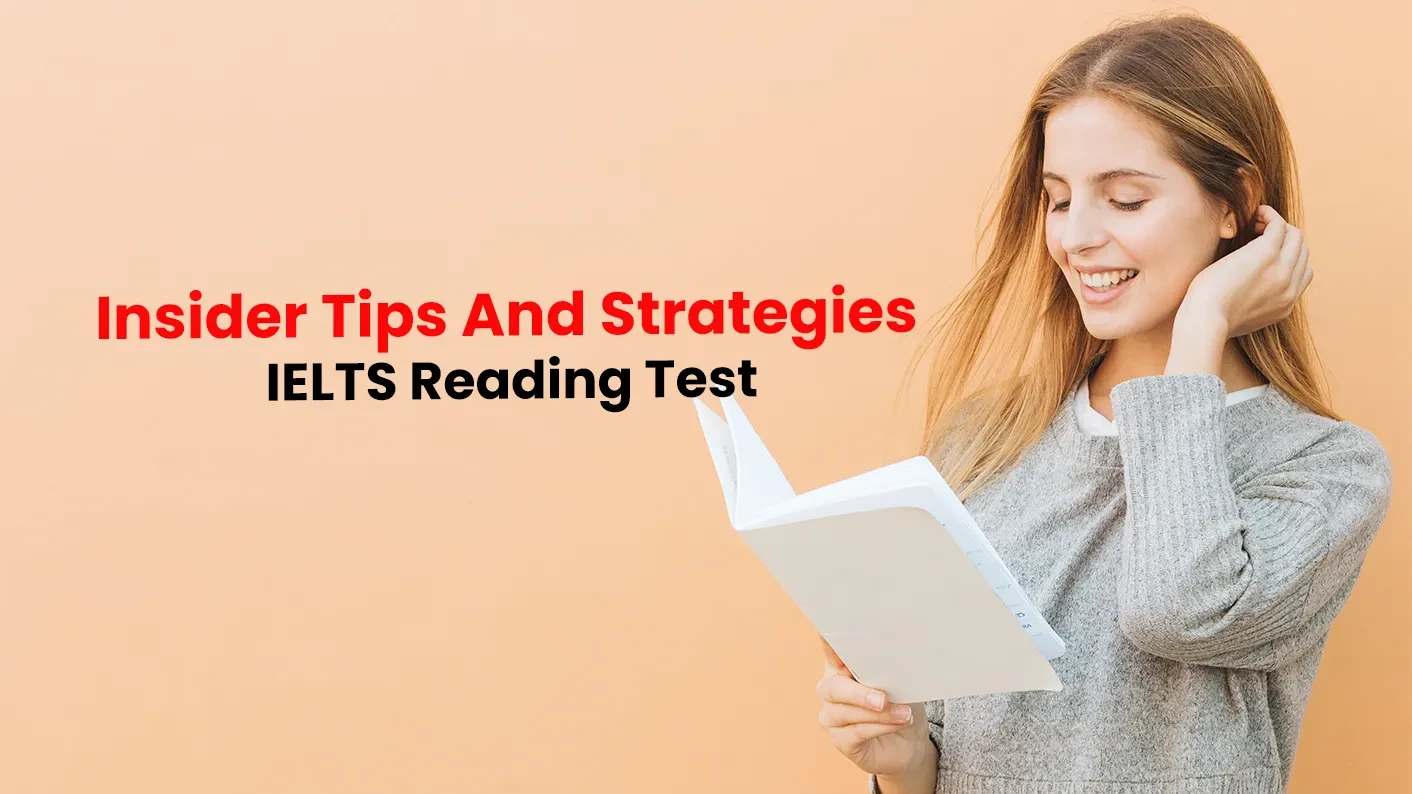
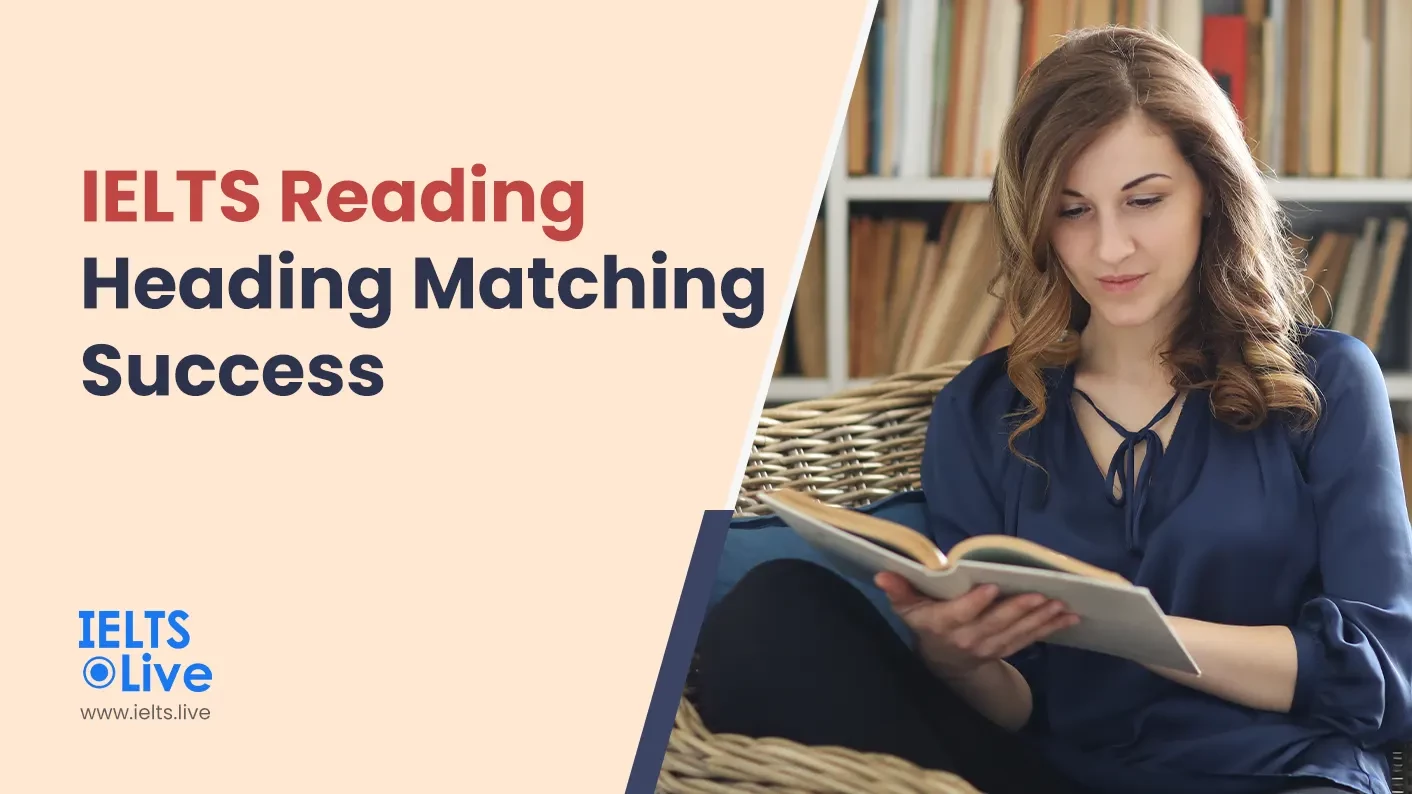
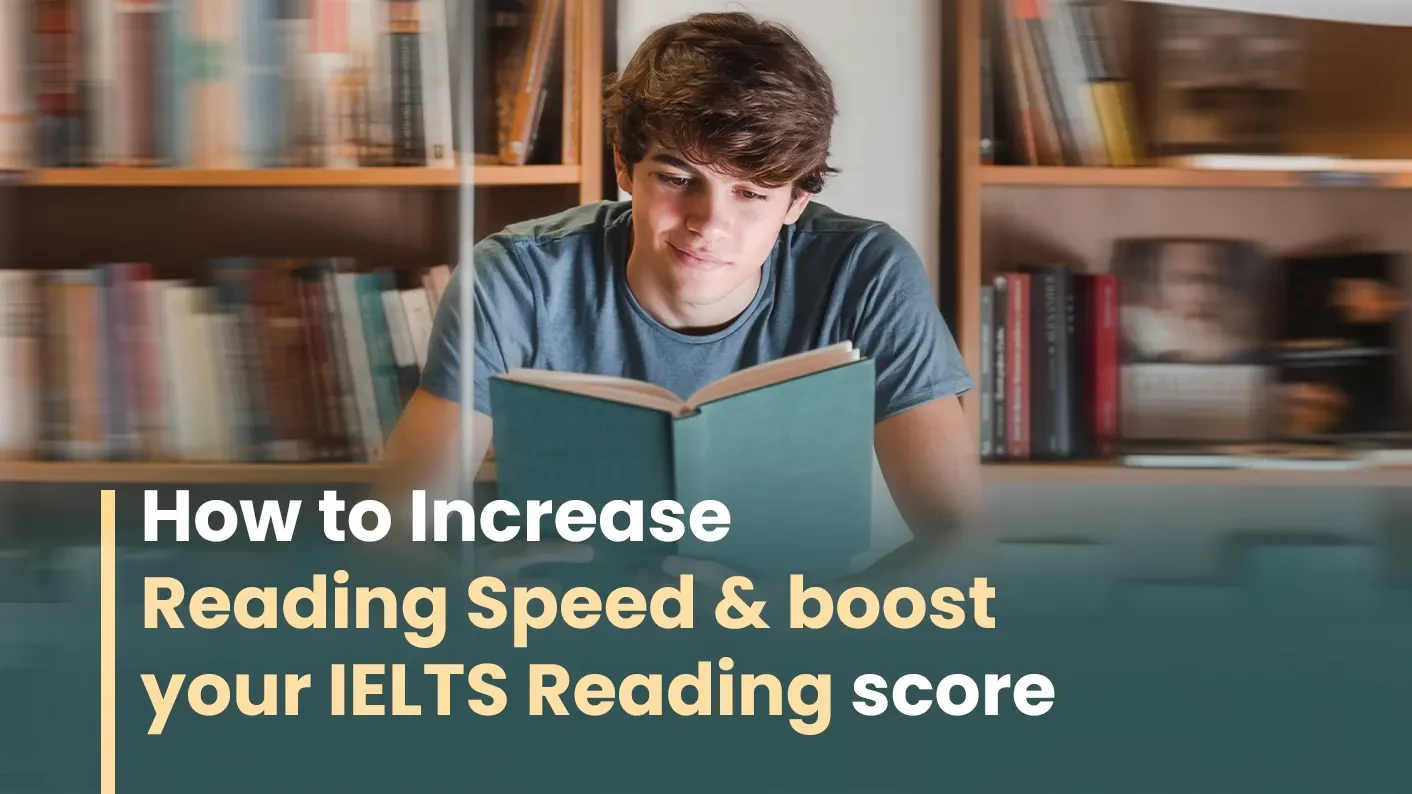

0 COMMENTS